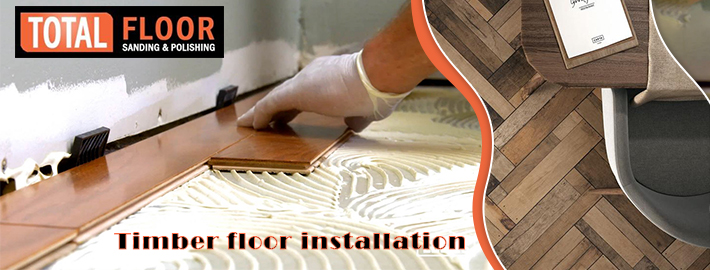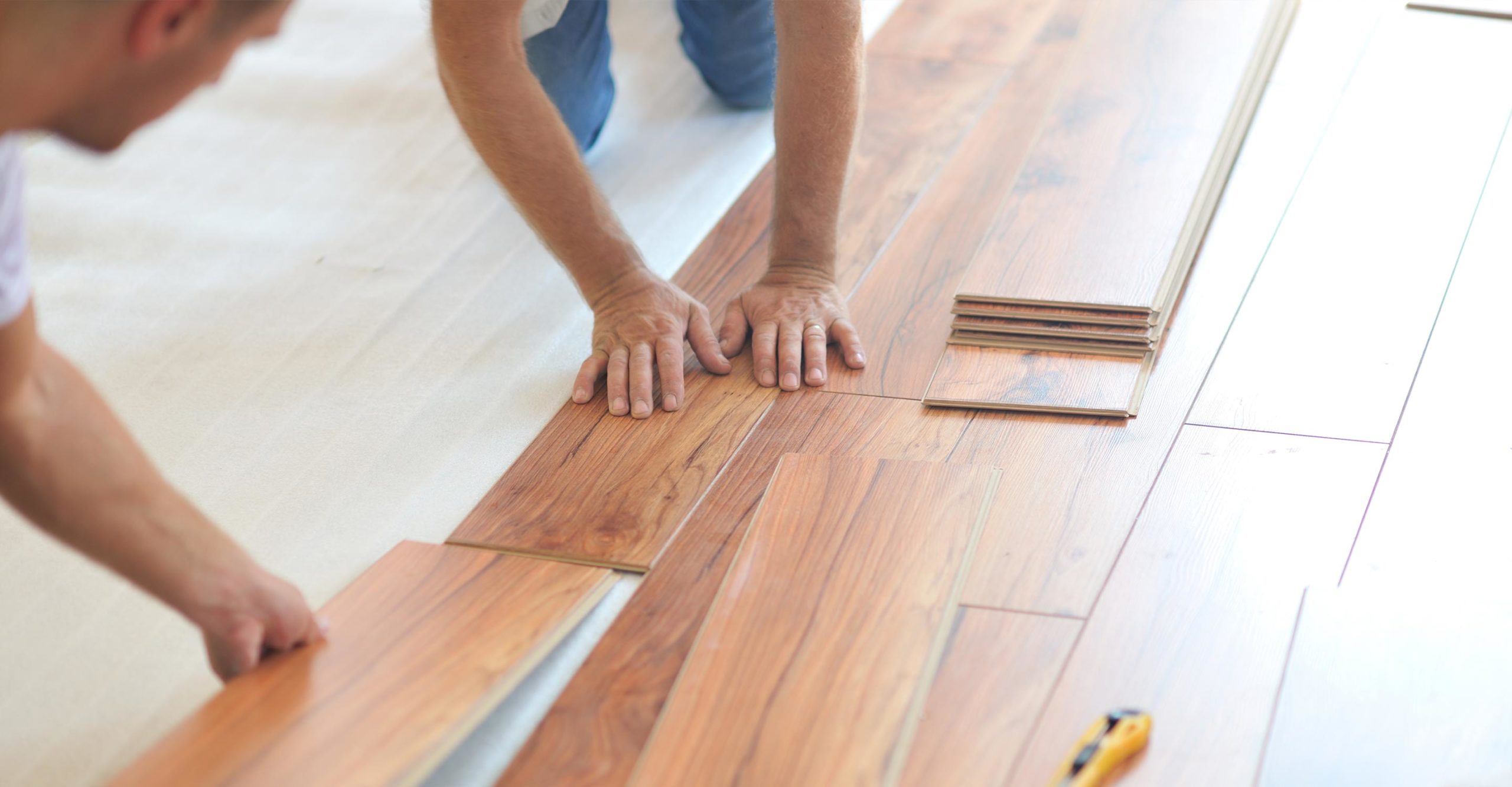So, you’ve decided it’s time to give your space a fresh new look with some dazzling new flooring, huh? That’s awesome! But before you dive headfirst into this exciting project, there’s something super crucial you need to know.
You see, it’s not just about picking the prettiest flooring or watching a bunch of DIY videos. There’s a whole world of pre-installation groundwork that can make or break your flooring dreams.
In this blog, we’re serving up the ultimate flooring pre installation checklist, and trust me, you can’t afford to ignore it. We’ve got all the tips, tricks, and insider secrets to ensure your Floor Installation Melbourne project goes off without a hitch.
So, grab a coffee, get comfy, and make sure your flooring journey is smooth sailing from the get-go!
1. Gathering Necessary Tools and Materials
Before you start your floor installation, it’s essential to have all the necessary tools and materials at your disposal. These include:
- Flooring materials (e.g., hardwood, laminate, tile, carpet)
- Underlayment (if required)
- Adhesives or fasteners
- Measuring tape
- Saw or cutting tools
- Hammer
- Level
- Spacers
- Nails, screws, or staples
- Safety gear (goggles, gloves, knee pads)
- Manufacturer’s installation instructions
Having the right tools and materials ensures that you won’t have to pause your floor installation Melbourne midway due to missing items, which can be frustrating and potentially compromise the quality of your project.
2. Measuring and Assessing the Space
Accurate measurements are the foundation of a successful floor installation. Measure the dimensions of the room or area where you plan to install the flooring. Take into account irregularities such as alcoves, closets, and any odd corners.
Make sure to add a little extra for cuts and potential mistakes. It’s always better to have some leftover material than to run out in the middle of your project.
3. Preparing the Subfloor
A solid and clean subfloor is essential for a smooth floor installation. Start by removing the existing flooring and inspecting the subfloor for any damage or irregularities. Repair or replace any damaged sections and ensure the subfloor is level.
Properly secure the subfloor by using adhesive, nails, or screws, as recommended by the manufacturer. This step is crucial in preventing squeaks and ensuring the long-term durability of your new floor.
4. Acclimating Flooring Materials
Many flooring materials, especially hardwood, laminate, and engineered wood, need time to acclimate to the environment where they’ll be installed. This helps prevent warping, cupping, or other issues after installation.
Follow the manufacturer’s recommendations for acclimating your flooring materials. Typically, this involves leaving the materials in the room for a specific period to adjust to the temperature and humidity.
5. Ensuring Proper Ventilation and Moisture Control
Moisture is one of the biggest enemies of a successful floor installation. Ensure that the space has proper ventilation and that moisture levels are within the acceptable range for your flooring material. Use a moisture barrier or underlayment if necessary to protect your new floor from potential moisture damage.
6. Addressing Potential Issues
Before starting your floor installation, it’s essential to address any potential issues in the room. This may include fixing squeaky subfloors, removing old adhesives, or ensuring that the space is clean and free from debris.
Identifying and addressing these issues in advance will save you time and frustration during the actual installation.
7. Ensuring a Level and Stable Subfloor
A level subfloor is crucial for a seamless floor installation. Use a level to check for any uneven areas, and if needed, use a levelling compound to correct them. An uneven subfloor can lead to an uneven and creaky floor, so don’t skip this step.
8. Laying Out the Flooring Pattern
Before you start installing the flooring, plan the layout carefully. Consider where you want the seams to be and how you want the pattern to flow in the room. This step is especially important if you’re working with tile, laminate, or hardwood planks.
A well-thought-out layout can enhance the visual appeal of your space and make the installation process smoother.
9. Checking for Squeaks and Loose Boards
Walk on the subfloor and check for any squeaks or loose boards. If you discover any, now is the time to fix them. This simple step can prevent annoying noises and prolong the life of your new floor.
10. Finalising Preparations
Before you start the actual floor installation Melbourne process, ensure that you have a clear plan in place. Double-check all measurements, layout, and materials to make sure you’re ready for a smooth installation process. It’s much easier to correct any issues now than after you’ve started.
Ready to Start Successful Floor Installation?
So, there you have it. We’ve covered every inch of the ultimate flooring pre installation checklist, and you’re now armed with all the knowledge you need for a flawless flooring project.
But remember, it’s not just about the materials and techniques; it’s about the passion and precision you put into it.
Total Floor Sanding Melbourne is here to guide you every step of the way. We believe that your floor isn’t just a surface; it’s a canvas for your life’s journey. So, whether it’s a classic hardwood, stunning laminate, or elegant parquet floor installation Melbourne service, make it a reflection of your style and personality.
Now, with this checklist in hand, you’re ready to embark on a remarkable flooring adventure.
No more squeaks or creaks, just pure, unadulterated beauty underfoot. Happy flooring, everyone! Your dream floors are just a checklist away.



